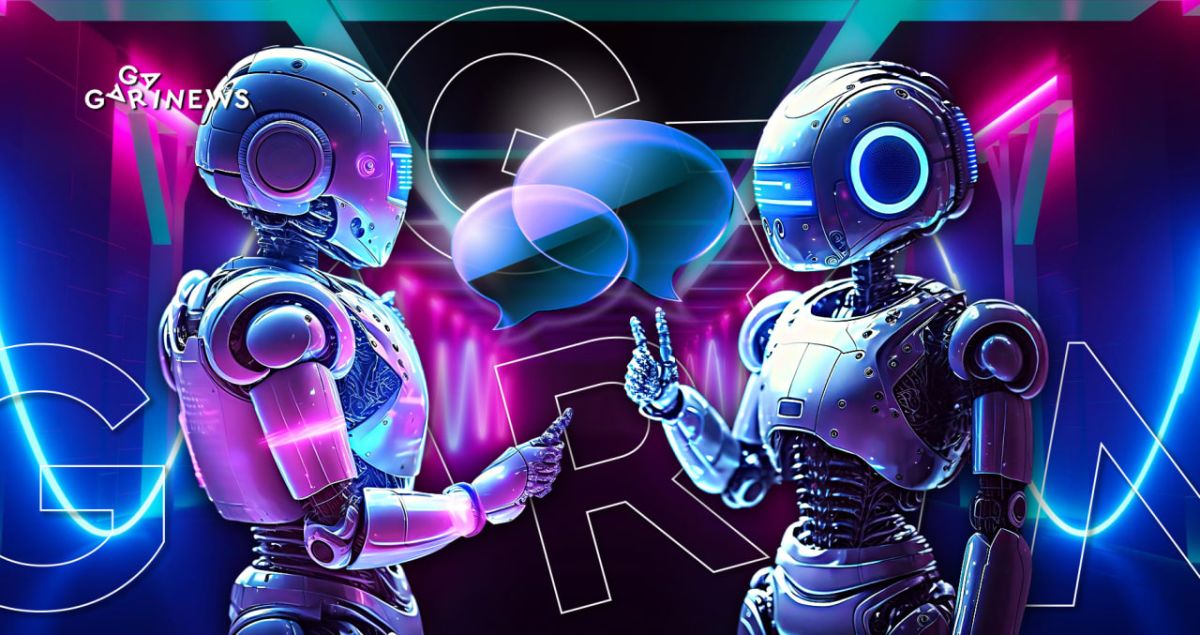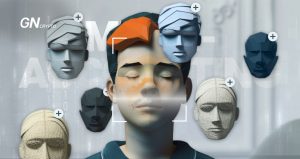Rise of AI Bots: When Artificial Intelligence Takes the Lead

A virtual city has been crafted by six Google and Stanford University enthusiasts, housing a group of 25 AI bots. Surprisingly, these bots exhibit human-like behavior, engaging in activities such as sleeping, preparing breakfast, working, and even interacting with one another.
On this page
In their exposé, “Generative Agents: Interactive Simulacra of Human Behaviour,” the scholars endeavored to elucidate life in the city of Smallville, populated by generative agents trained through ChatGPT. Inspired by life simulation games like The Sims, the experimenters were curious to observe how a small society of AI bots would behave.
Virtual city of Smallville Source: arxiv.org
These agents demonstrated the capability to formulate perceptions about themselves, fellow agents, and the milieu of Smallville. Astonishingly, they synthesized fresh data, preserved it in memory, and behaved according to this acquired knowledge. They could partake in meaningful discourse with other bots, orchestrate their plans, and even supervise quotidian tasks, such as ensuring the breakfast on the stove did not char.
A fascinating anecdote from the study involves a bot named Isabella Rodriguez, who extended an invitation to nine fellow bots for a Valentine's Day celebration at a city café. Certain bots disseminated the party details to four others, including Abigail, who subsequently expressed her apprehensions about the forthcoming event to Isabella.
Interactions amongst Smallville's Bots Source: arxiv.org
In the broader spectrum, the generative agents emulated human-like behaviors, however, the experiment was not devoid of oddities. At times, these agents overlooked critical details leading to decisions that deviated from the norm. For instance, they chose to partake in their meals at a nearby bar instead of the city café, notwithstanding the bar was designated as the evening rendezvous.
Instances were noted where the agents paid heedless visits to closed storefronts, and a few ‘student’ bots intruded upon occupied dormitory bathrooms, misinterpreting their capacity for concurrent usage.
It bears mention that the researchers, in their endeavor to train the bots, made use of ChatGPT 3.5, with no intentions of halting their advancements there. A fourth-generation AI is already in existence, promising the potential to further humanize the behavior of these bots. Therefore, we await an updated dispatch from Smallville.
The content on The Coinomist is for informational purposes only and should not be interpreted as financial advice. While we strive to provide accurate and up-to-date information, we do not guarantee the accuracy, completeness, or reliability of any content. Neither we accept liability for any errors or omissions in the information provided or for any financial losses incurred as a result of relying on this information. Actions based on this content are at your own risk. Always do your own research and consult a professional. See our Terms, Privacy Policy, and Disclaimers for more details.




























